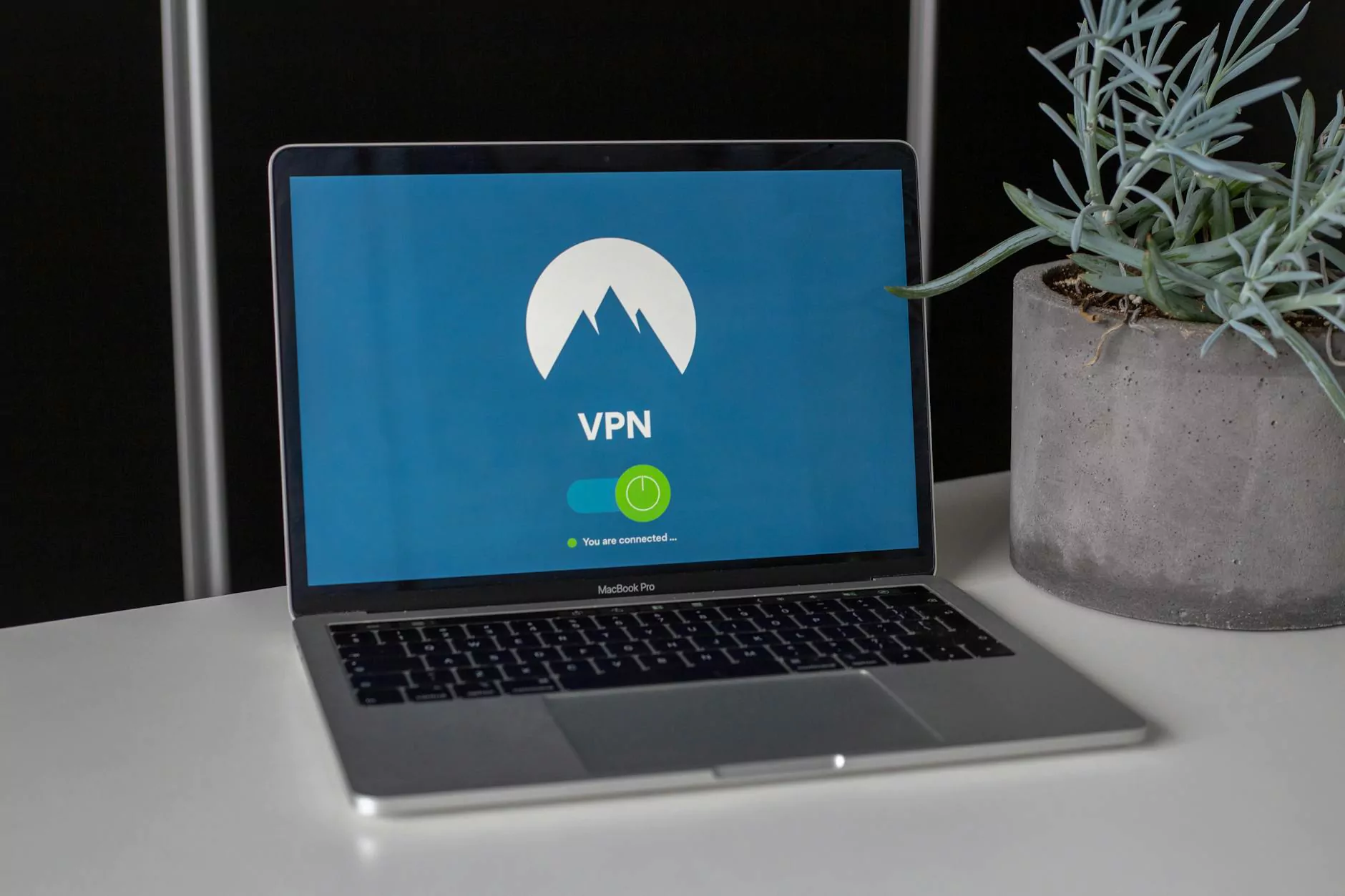How to Setup a VPN Server on Linux: A Comprehensive Guide

In today's digital age, establishing a secure connection is vital. This is where a VPN server comes into play, offering users a secure mode of communication while browsing the internet. Knowing how to setup a VPN server on Linux is a valuable skill that can enhance your internet security significantly. This article dives deep into VPN technology, its benefits, and provides a detailed, step-by-step guide to successfully set up your own VPN server on a Linux platform.
Understanding VPN and Its Importance
A Virtual Private Network (VPN) is a service that encrypts your internet connection and masks your online identity. These features are essential for:
- Security: A VPN encrypts your data, protecting sensitive information from hackers and unauthorized entities.
- Privacy: VPN hides your IP address, securing your online activities from prying eyes.
- Access to Restricted Content: A VPN allows you to bypass geographical restrictions, enabling access to content that may be blocked in your region.
- Safe Public Wi-Fi Usage: Using a VPN while connected to public Wi-Fi networks protects your information from being intercepted.
Benefits of Setting Up a VPN Server on Linux
Setting up your own VPN server on Linux offers several advantages:
- Cost-Effective: After initial setup, maintaining your own VPN server is often cheaper than subscribing to a commercial VPN service.
- Full Control: You control the server settings, protocols, and security levels, ensuring that your data remains private and secure.
- Learning Experience: Setting up a VPN server on Linux can be a great learning opportunity for system administrators and tech enthusiasts.
- Customization: You can tailor the VPN server’s configuration to meet your specific needs, whether for personal use or multiple users.
Prerequisites for Setting Up a VPN Server on Linux
Before we dive into the installation process, ensure you have the following:
- A computer or server running a Linux distribution (e.g., Ubuntu, CentOS, Debian).
- Root or sudo access to install packages and configure network settings.
- Basic understanding of Linux command line, as the setup will require executing commands in the terminal.
- An active internet connection.
Step-by-Step Guide on How to Setup a VPN Server on Linux
Step 1: Updating System Packages
First, update your system packages to ensure you have the latest security patches and software:
sudo apt update && sudo apt upgradeStep 2: Installing OpenVPN
OpenVPN is one of the most robust and widely used VPN protocols. To install it, run the following command:
sudo apt install openvpn easy-rsaStep 3: Setting Up Easy-RSA
Easy-RSA will help you create your own certificate authority (CA). To set it up, execute:
make-cadir ~/openvpn-caChange into the directory:
cd ~/openvpn-caStep 4: Configuring the Variables
Edit the vars file to set your parameters:
nano varsModify the following lines to specify your details:
- export KEY_COUNTRY="US"
- export KEY_PROVINCE="CA"
- export KEY_CITY="SanFrancisco"
- export KEY_ORG="YourOrganization"
- export KEY_EMAIL="[email protected]"
- export KEY_OU="YourOrganizationalUnit"
Step 5: Building the Certificate Authority
Now it’s time to build the CA:
source vars ./clean-all ./build-caStep 6: Generating Server Certificate, Key, and Encryption Files
Generate a certificate and private key for the server:
./build-key-server serverThen generate the Diffie-Hellman parameters:
./build-dhStep 7: Configuring the OpenVPN Server
Create a configuration file for the OpenVPN server:
nano /etc/openvpn/server.confHere, you can specify settings such as:
- Port Number: Set the port on which your VPN server will listen.
- Protocol: Either UDP or TCP.
- Server IP Address: The private IP address range for your VPN clients.
Step 8: Starting the OpenVPN Server
Start the OpenVPN server and enable it to run on system startup:
sudo systemctl start openvpn@server sudo systemctl enable openvpn@serverStep 9: Configuring Firewall Rules
Adjust the firewall settings to allow VPN traffic through:
sudo ufw allow 1194/udpEnable packet forwarding by editing the sysctl.conf file:
sudo nano /etc/sysctl.confUncomment the following line:
#net.ipv4.ip_forward=1And apply the changes:
sudo sysctl -pStep 10: Creating Client Certificates
You’ll also need to create client certificates to connect to your VPN. For example:
cd ~/openvpn-ca source vars ./build-key client1Connecting Clients to Your VPN Server
After setting up the server, it’s essential to create client configuration files. You can create these files using a template and modifying it to include:
- The server address
- Security credentials
- Certificates generated for the client
Clients can connect using these configurations with OpenVPN installed on their devices.
Troubleshooting Common Issues
While setting up a VPN server can be straightforward, you might encounter some challenges. Here are common issues and their solutions:
- No Connectivity: Check your firewall settings and ensure ports are open.
- Authentication Failures: Verify user credentials and certificates.
- Latency Issues: Ensure your server has enough resources and bandwidth to handle traffic.
Final Thoughts
In conclusion, setting up a VPN server on Linux is not just a valuable step towards enhancing your online security but an opportunity to explore the intricacies of networking and server management. With the information and steps outlined in this comprehensive guide, you can establish a secure, private, and reliable VPN server tailored to your specific needs. As technology continues to evolve, being proactive in securing your online presence is imperative. Embrace the benefits of having your own VPN and enjoy a safer and more private internet experience.
About ZoogVPN
ZoogVPN is your go-to provider in the realm of Telecommunications and Internet Service Providers. Our services are designed to cater to your needs in a rapidly changing digital landscape. By employing robust encryption and advanced settings, ZoogVPN guarantees a safe browsing experience, enhanced connectivity, and unparalleled customer support. Explore our offerings to find the solution that fits you best.
setup vpn server linux








